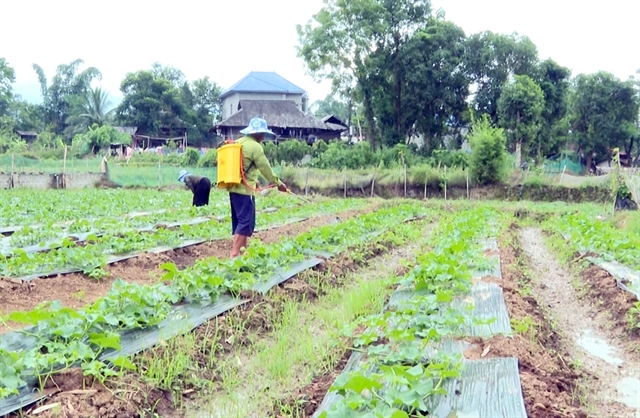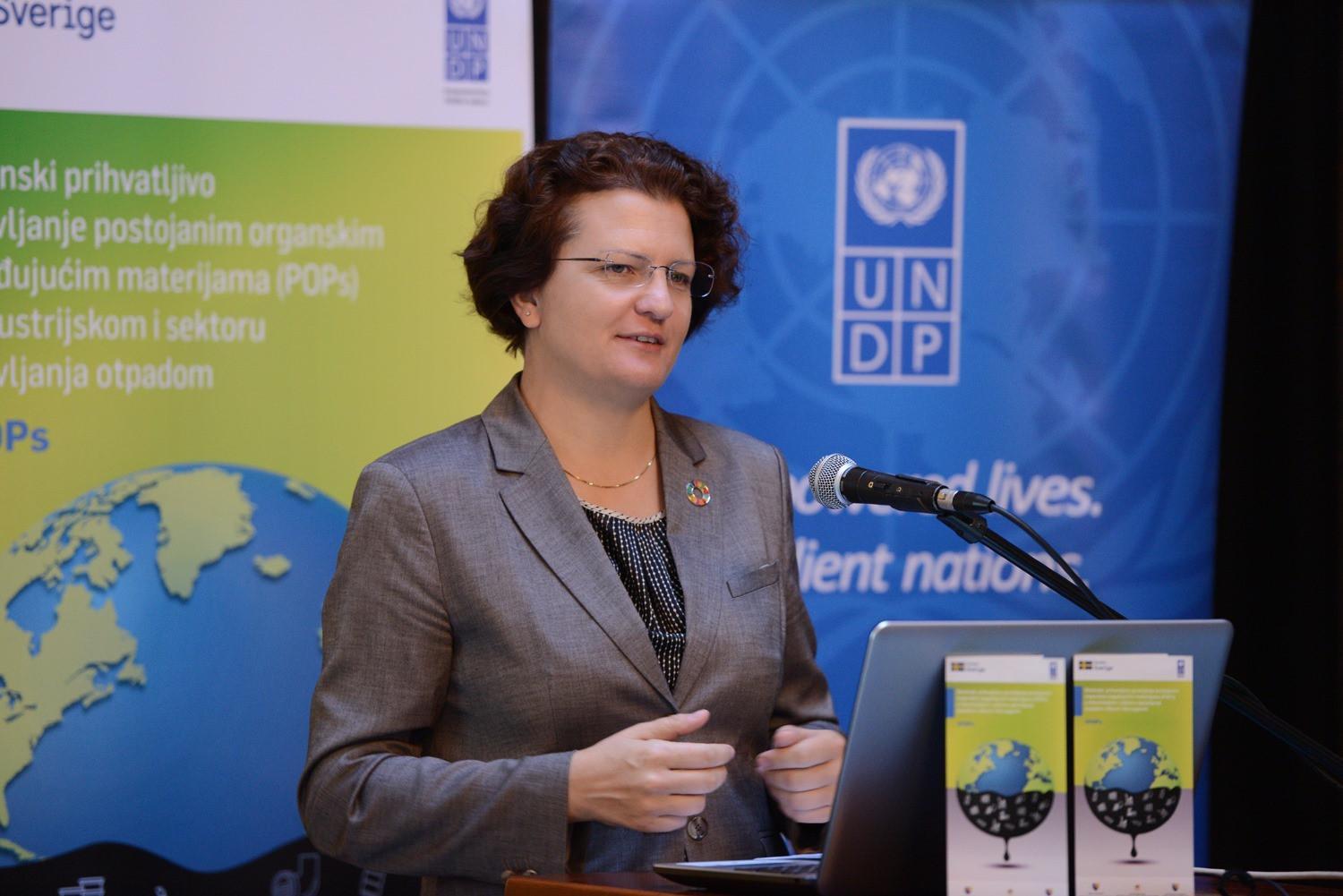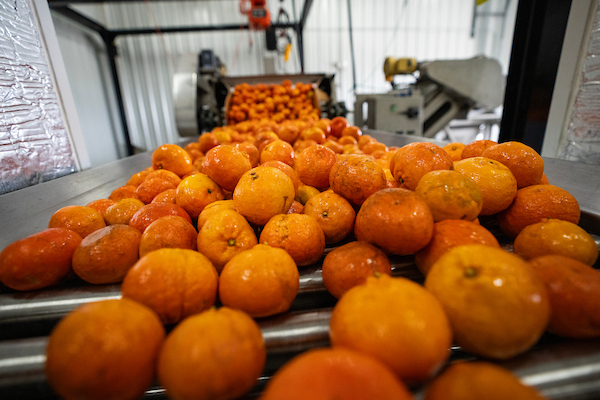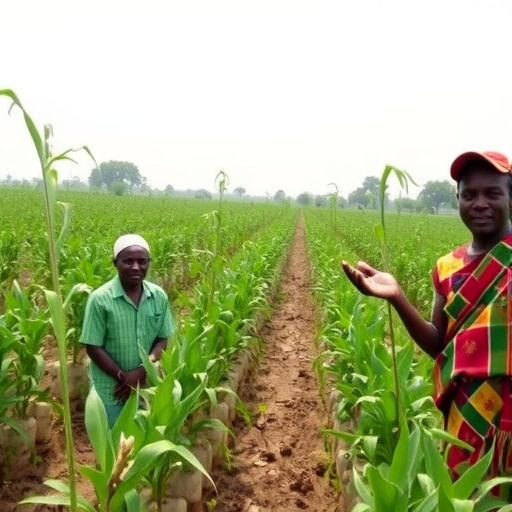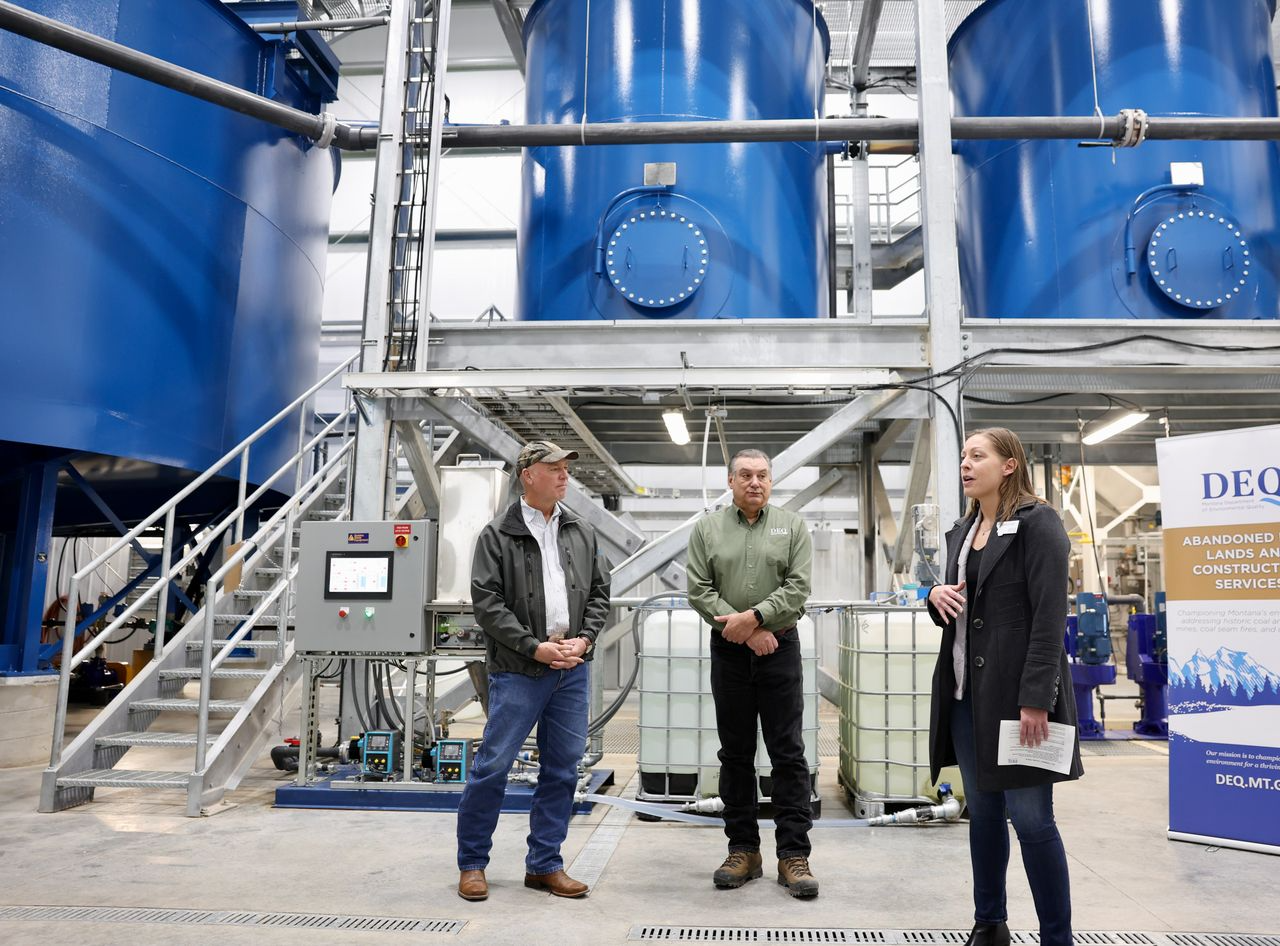Guest Column | As Supplies Thin, Price of Recycled Water Could Go Up – The King City Rustler

Report on Water Resource Management and Sustainable Development Goals in California
Introduction: The Challenge of Sustainable Groundwater Management
The implementation of groundwater sustainability plans over the next 15 years, mandated by California’s Sustainable Groundwater Management Act (SGMA), presents significant challenges for communities. These challenges necessitate difficult decisions regarding the financing of water supply solutions, land repurposing, and water allocations. The process directly engages multiple Sustainable Development Goals (SDGs), particularly in communities entirely dependent on groundwater resources.
Competing Demands and SDG Alignment
A central conflict arises from balancing the state’s growing needs with finite water supplies, highlighting tensions between several key SDGs.
- SDG 6 (Clean Water and Sanitation): The state’s policy on the human right to water prioritizes domestic water supply for a growing population. This puts pressure on existing resources and aging infrastructure, which was designed for a much smaller population.
- SDG 2 (Zero Hunger): California’s agricultural sector, a critical component of the national food supply, requires significant water resources. Policies that reallocate water away from agriculture threaten food production capacity.
- SDG 11 (Sustainable Cities and Communities): The demand for water for new housing developments and industrial expansion competes directly with agricultural and environmental needs, complicating efforts to build sustainable and resilient communities.
Case Study: The Salinas Valley Reclaimed Water Project and Shifting Priorities
The evolution of water use in the Salinas Valley illustrates the complex interplay of sustainability goals over time.
Initial Success in Sustainable Production
In the late 1990s, an innovative project was established to use reclaimed wastewater for agricultural irrigation on 12,000 acres of farmland. This initiative represented a successful application of circular economy principles, aligning with SDG 12 (Responsible Consumption and Production). The project achieved two primary objectives:
- It reduced groundwater pumping in the coastal zone, contributing to SDG 14 (Life Below Water) by mitigating seawater intrusion.
- It repurposed community wastewater, which was previously considered a nuisance, into a productive asset for agriculture, supporting SDG 2.
Current Conflict and Re-prioritization
Today, this same reclaimed water is now in high demand to meet the domestic water needs of a nearby community of 100,000 residents. This shift is driven by the imperative of SDG 6, which prioritizes drinking water. However, this creates a direct conflict:
- The new demand threatens to displace the established agricultural use of reclaimed water.
- It creates a competitive environment where the “human right to water” may legally supersede agricultural water entitlements.
Economic Implications and Threats to SDG 2 and SDG 8
The increasing competition for all water sources, including reclaimed water, is leading to significant economic pressures that could undermine key development goals.
The Rising Cost of Water
As municipalities, developers, and water purveyors seek new resources to meet sustainability requirements, reclaimed water is becoming a highly valued commodity. This is expected to create a bidding war, driving the price of water beyond what is financially viable for most farming operations. This trend directly threatens SDG 8 (Decent Work and Economic Growth) by jeopardizing the economic stability of the agricultural sector.
Impact on Food Security
If farmers are priced out of the water market, the consequences extend beyond local economies. The inability of agricultural operations to afford water could lead to reduced food production, impacting regional and national food security and working against the core objective of SDG 2 (Zero Hunger). Farmers cannot remain financially viable while competing in a bidding war for an essential resource.
Conclusion: The Path Forward for Integrated Water Management
The Sustainable Groundwater Management Act forces a critical reassessment of water equity. The coming years will require communities to make difficult choices and develop financial models to support necessary resource projects. To achieve true sustainability, these solutions must create a balance that upholds the human right to water (SDG 6) without sacrificing the agricultural production essential for food security (SDG 2) and the economic stability of rural communities (SDG 8). An integrated approach that considers the full spectrum of Sustainable Development Goals is imperative to prevent the cost of water sustainability from disproportionately impacting the agricultural sector.
Analysis of Sustainable Development Goals in the Article
1. Which SDGs are addressed or connected to the issues highlighted in the article?
-
SDG 2: Zero Hunger
The article directly connects water management to food security. It highlights the Salinas Valley’s role as the “Salad Bowl of the World” and expresses concern that rising water costs could make farming financially unviable. This threatens the goal of maintaining sustainable food production, as the article states farmers need to “continue to produce food to feed our hungry nation.”
-
SDG 6: Clean Water and Sanitation
This is the central theme of the article. It extensively discusses the management of a “stretched-thin” water supply, the implementation of groundwater sustainability plans, the “human right to water,” and the critical role of water recycling and reclamation. The entire conflict over wastewater effluent and its new value as a resource for domestic and agricultural use falls under this goal.
-
SDG 11: Sustainable Cities and Communities
The article addresses the challenges communities face in securing water for a growing population and expanding development. It mentions the struggle to “get more water for housing development, industrial and manufacturing expansion” and points out that “almost all communities struggle with aging infrastructure.” The need for communities to make “hard choices” about financing water supply solutions is a key aspect of sustainable community planning.
-
SDG 12: Responsible Consumption and Production
The article provides a clear example of this SDG by describing the shift in how wastewater is perceived and used. What was once a “wastewater nuisance” to be dumped in the ocean is now a valuable resource. The development of projects to process and reuse this water for agriculture and groundwater recharge exemplifies the sustainable management and efficient use of natural resources.
2. What specific targets under those SDGs can be identified based on the article’s content?
-
Target 2.4: Ensure sustainable food production systems and implement resilient agricultural practices.
The article discusses the financial stability of farming operations being threatened by high water costs, which directly impacts the sustainability of food production. The existing project using reclaimed water on 12,000 acres of farmland is an example of a resilient agricultural practice designed to sustain food production in a water-scarce region.
-
Target 6.3: Improve water quality by… substantially increasing recycling and safe reuse.
This target is explicitly addressed through the description of the reclaimed water project built in the late 1990s. The article details how wastewater effluent is processed and used for fresh food production, and notes the current “rush to claim all ‘rights’ to recycled or reclaimed water supplies,” indicating a significant increase in reuse.
-
Target 6.4: Substantially increase water-use efficiency and ensure sustainable withdrawals of freshwater.
The article’s focus on the “Sustainable Groundwater Management Act” and the need to manage groundwater sustainability plans is directly aimed at ensuring sustainable withdrawals. The competition for reclaimed water is driven by the need to relieve pressure on existing groundwater pumping, thereby increasing overall water-use efficiency for the region.
-
Target 6.5: Implement integrated water resources management at all levels.
The challenges described in the article—balancing the water needs of agriculture, growing municipalities (“100,000 residents”), and groundwater recharge projects—highlight the necessity of integrated water resources management. The article discusses the difficult choices communities must make, which is the core of implementing such management plans.
-
Target 12.2: Achieve the sustainable management and efficient use of natural resources.
The transformation of wastewater from a disposed effluent to a valuable, sought-after commodity for various end-users is a direct application of this target. The article states, “This newfound value in reclaimed water has turned the wastewater paradigm on its end,” which is a clear move towards more efficient use of a natural resource.
3. Are there any indicators mentioned or implied in the article that can be used to measure progress towards the identified targets?
-
Financial viability of farming operations
The article implies this as an indicator by repeatedly mentioning that “staggering water costs” could price farmers “out of the marketplace.” Tracking the profitability and sustainability of farms in the region would measure progress towards Target 2.4.
-
Volume of treated wastewater reused
The article mentions a project supplying reclaimed water to “12,000 acres of farmland” and investments to increase “wastewater processing capacity.” The amount of wastewater being successfully treated and reused is a direct, quantifiable indicator for Target 6.3.
-
Price of water
The article discusses how the “retail price of this reclaimed water will probably go higher” and the potential for a “bidding war.” The price of water for different sectors (agriculture, domestic) serves as an indicator of scarcity, demand, and the economic challenges associated with achieving equitable and efficient water use (Targets 6.4 and 6.5).
-
Level of groundwater pumping
An implied indicator for Target 6.4 is the rate of groundwater withdrawal. The article states that one of the primary reasons for the original reclaimed water project was “to relieve existing groundwater pumping in the coastal zone.” Measuring changes in groundwater levels and pumping rates would indicate the success of sustainability plans.
SDGs, Targets, and Indicators Table
| SDGs | Targets | Indicators |
|---|---|---|
| SDG 2: Zero Hunger | 2.4: Ensure sustainable food production systems and implement resilient agricultural practices. | Financial viability and stability of farming operations under rising water costs. |
| SDG 6: Clean Water and Sanitation | 6.3: Substantially increase recycling and safe reuse of water. | Volume of wastewater processed and supplied for reuse (e.g., to 12,000 acres of farmland). |
| 6.4: Substantially increase water-use efficiency and ensure sustainable withdrawals. | Rate of groundwater pumping and withdrawal levels. | |
| 6.5: Implement integrated water resources management. | The price of reclaimed water as a measure of competing demands between agriculture and municipalities. | |
| SDG 11: Sustainable Cities and Communities | 11.1: Ensure access for all to adequate, safe and affordable housing and basic services. | Ability to supply water for new housing development and a growing population (100,000 residents). |
| SDG 12: Responsible Consumption and Production | 12.2: Achieve the sustainable management and efficient use of natural resources. | The shift in use of wastewater from being dumped as effluent to being sold as a valuable reclaimed resource. |
Source: kingcityrustler.com
What is Your Reaction?
 Like
0
Like
0
 Dislike
0
Dislike
0
 Love
0
Love
0
 Funny
0
Funny
0
 Angry
0
Angry
0
 Sad
0
Sad
0
 Wow
0
Wow
0





















































